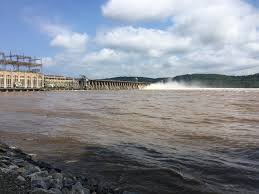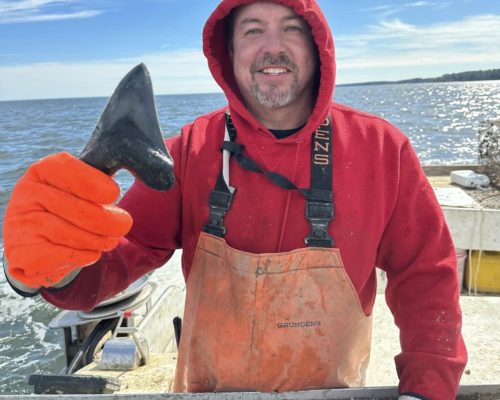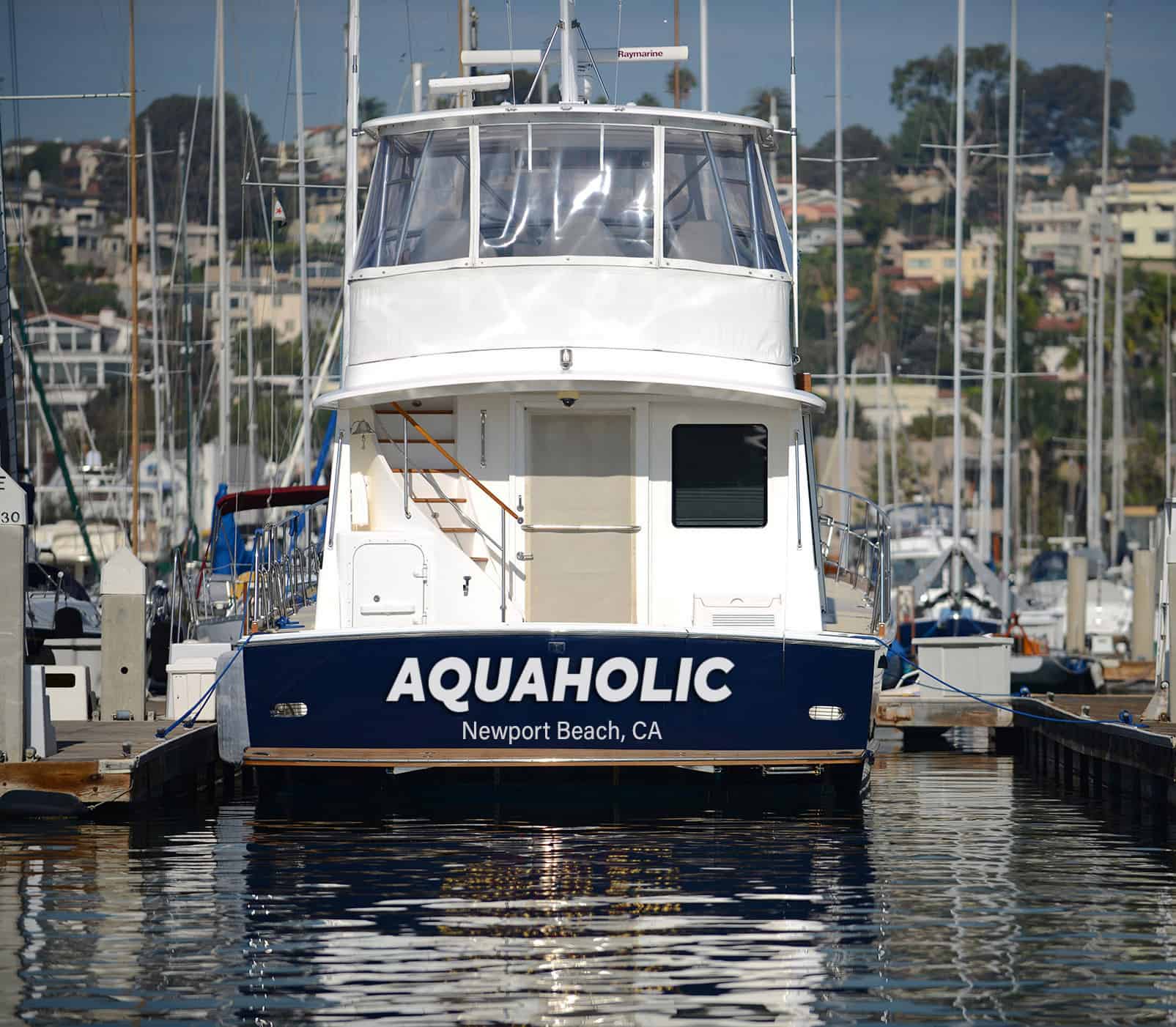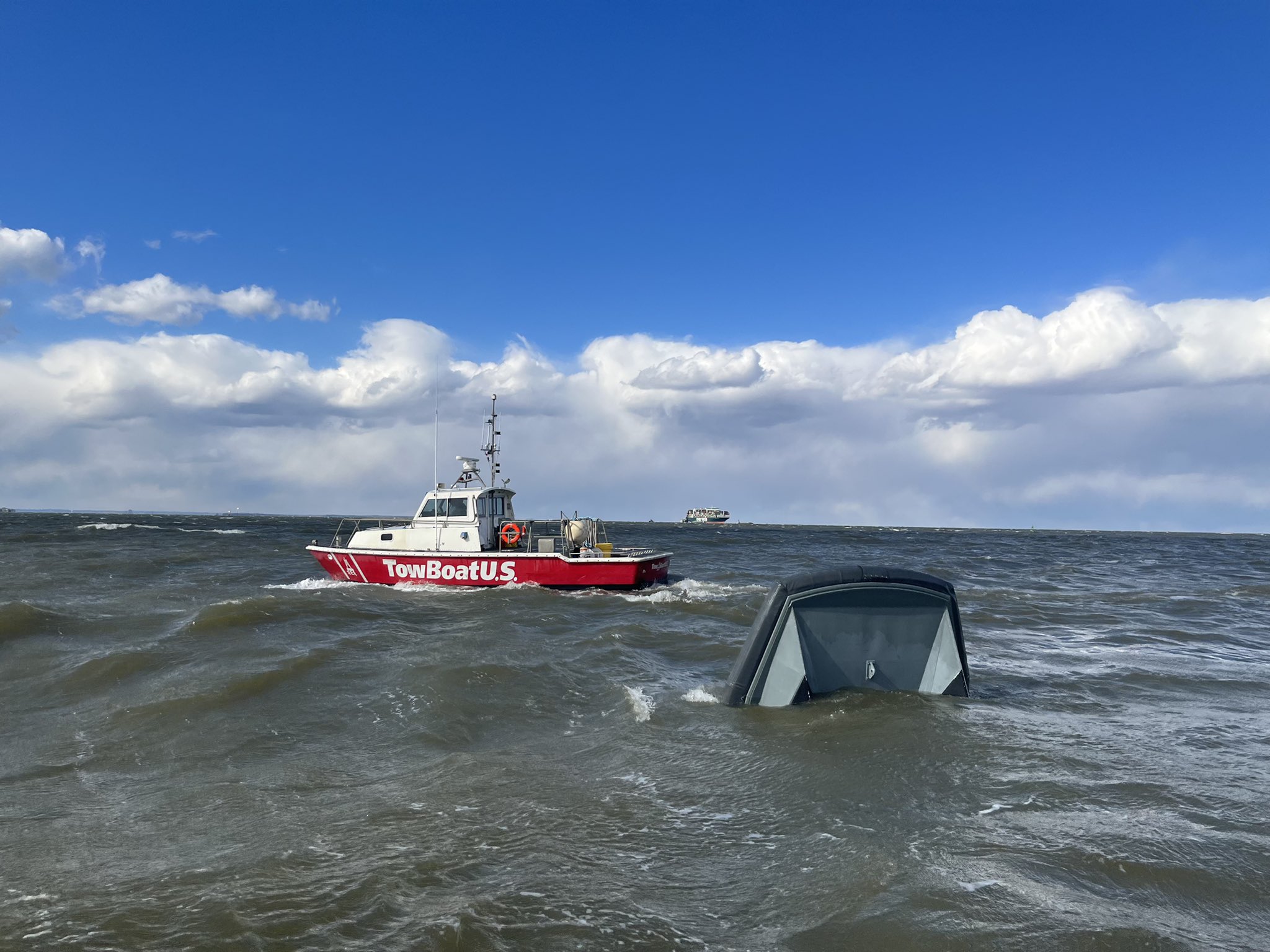Results are in from Maryland and Virginia for the Bay’s dissolved oxygen levels in the summer of 2018. And it turns out, it was a real roller coaster of a summer for oxygen in the Bay.
Record water flow from the Conowingo Dam caused record-best dissolved oxygen levels at first, then the runoff it brought caused near-record-worst oxygen levels.Every June through September, both states measure the volume and duration of hypoxia (lack of oxygen in the water), an ongoing concern in the Chesapeake Bay. Crab, fish, oysters and other creatures need oxygen to survive. But runoff pollution sparks algal blooms, which hog the oxygen, causing Bay life to suffer.
Weather plays a major role in Bay hypoxia levels, and this summer’s record rainfall has proven that. The Maryland Department of Natural Resources (DNR) reported the best July ever for dissolved oxygen conditions. That’s because the samples were taken just after rainstorms caused historic water flows and high winds. As DNR explains, “This wall of freshwater, accompanied by sustained winds of 20 knots before sampling, reduced stratification of the water column and mixed oxygen well into the system.” The Virginia Institute of Marine Sciences also measured a hypoxic zone “near zero” in late July.
But that’s not the whole story. Less than two months after that record-best July, DNR and VIMS found hypoxic conditions had spiked to a near-record worst September. DNR attributes the swing to the warm weather than lasted into October, but also to the increased nutrient runoff caused by July’s historic water flows.
After the record best and near record-worst conditions, the overall summer hypoxia was, well, average.
“It’s fascinating how the hypoxic volume was so low in late July and so high in early September, but overall the hypoxic volume was basically the same as last year,” says Dr. Marjy Friedrichs, VIMS scientist and brainchild of the Annual Chesapeake Bay Hypoxia Report Card.
“Overall,” she says, “our model indicates that the total amount of hypoxia in 2018 was similar to 2017, but that the seasonal patterns in hypoxia were very different. In addition to late-July’s major hypoxic dip, low-oxygen conditions started earlier and lasted longer in 2018 than in recent years.”
That trend, according to VIMS researchers, may be linked to climate change. Related research by recent VIMS Ph.D. graduate Ike Irby suggests that earlier spring hypoxia is growing more common, thanks to warmer May temperatures in recent years.
Both VIMS and DNR note that their 2018 hypoxia reports generally match, with some variation as a result of slightly different reporting periods.
-Meg Walburn Viviano




